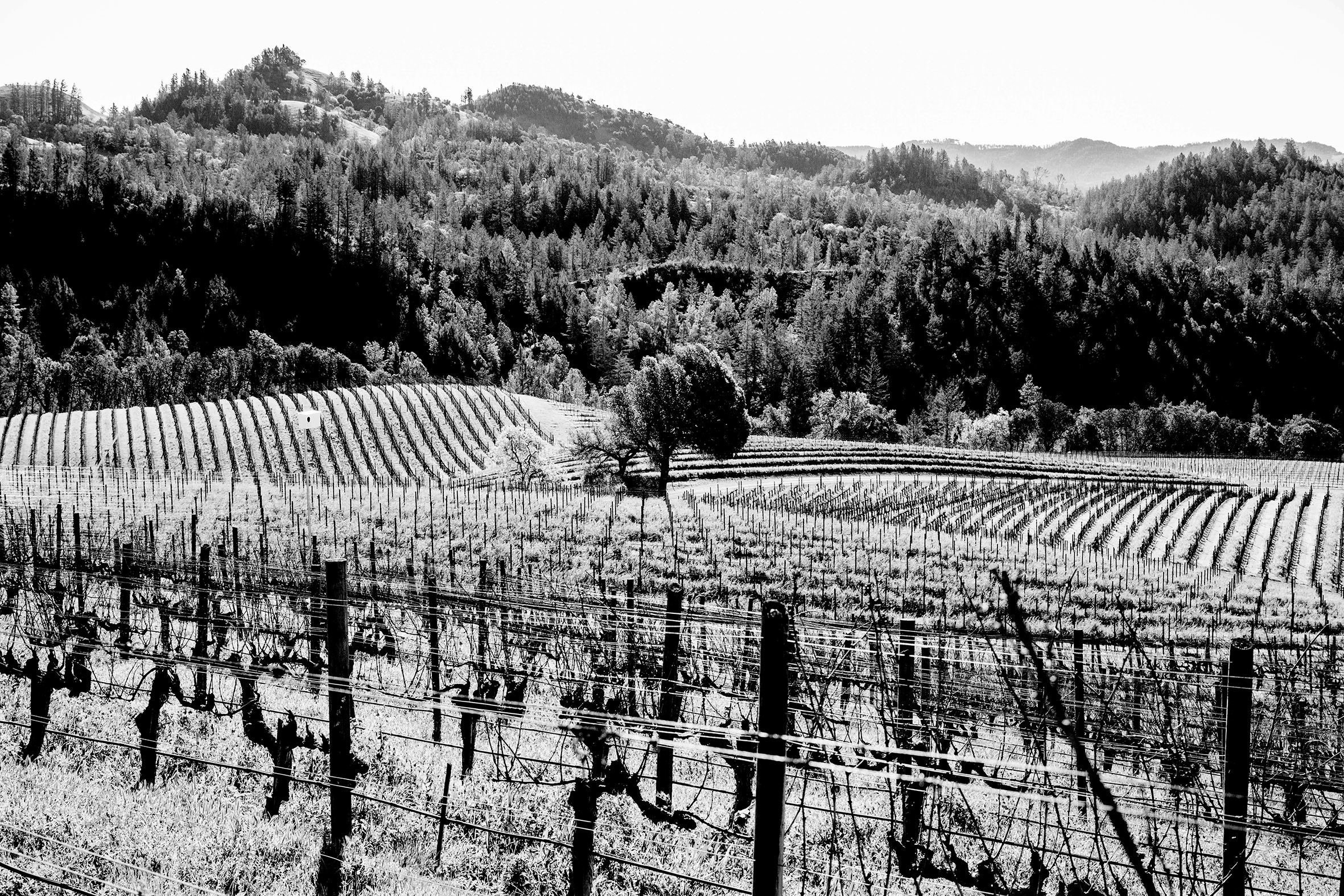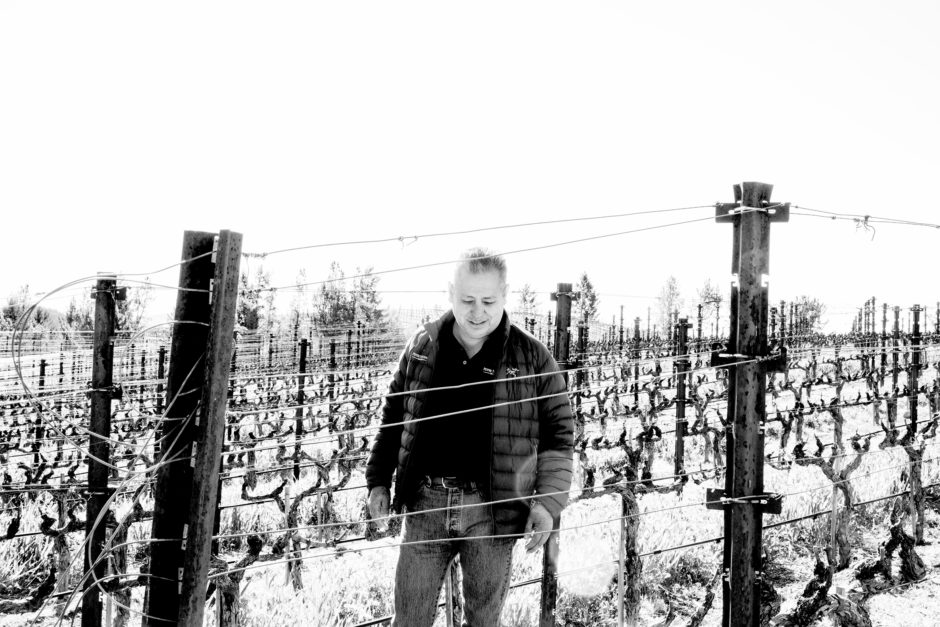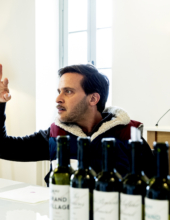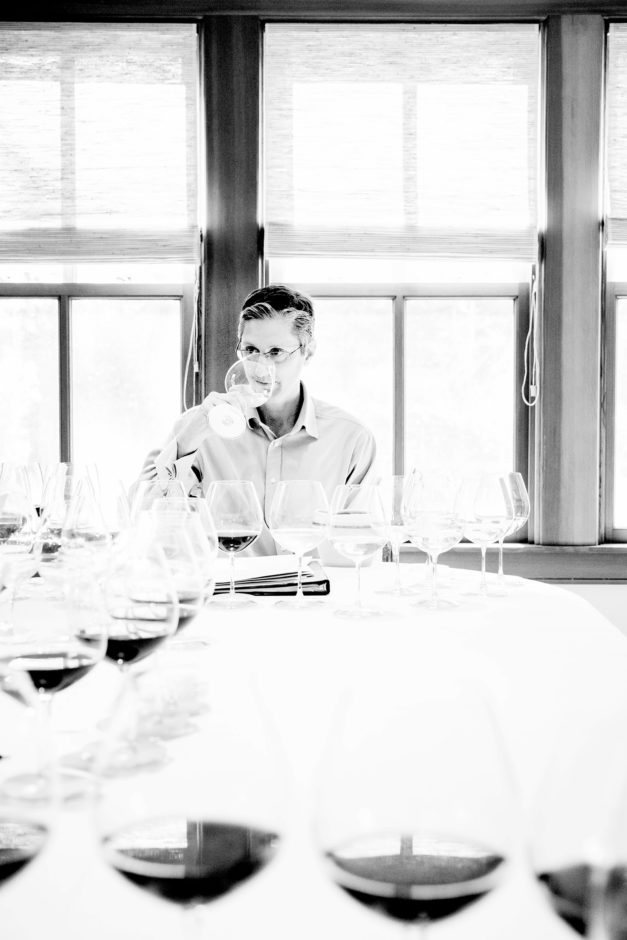01st Jun 2022
I recently had the opportunity to taste the 2019 and 2020 Peter Michael Winery new releases with winemaker Robert Fiore, who continues to work with consultant Luc Morlet.

Changing of the Guard
2019
Wanting to go out with a bang, the last vintage for former winemaker Nick Morlet (Luc’s brother) was 2019. This is undoubtedly a WOW vintage for Sonoma and Napa Valley. While 2018 tended to be fresher, more delicate, and mineral-driven, 2019 produced fruitier, more generous wines with great purity and toned-down acidity. However, in the case of Peter Michael’s vineyards, I always find that the sites tend to trump the vintages. Considering the Chardonnays and Pinots, 2019 was a smaller vintage, mainly due to poor fruit set. “The summer was mild, and the berries were concentrated,” said Fiore. “We could pick at our leisure.”
These 2019s seem to be more nuanced and earthier than others I have tasted, albeit weightier than the 2018s, and the acid sits more in the background.
It is worth mentioning that the 2019 Kincade Fire came very close to the Peter Michael winery after harvest. According to winemaker Nick Morlet. “It just got to the fence of the property. No vines were lost, but it was very close.”
"2019 is undoubtedly a WOW vintage for Sonoma and Napa Valley."
2020
I tasted tank samples of the four 2020 whites being released, which were bottled at the time of my visit in early February. (It is better to taste the wines just prior to bottling than just after since the bottling process causes the wines to shut down for a few months.)
In 2020 there was no rain in February, but Sonoma had plenty of rain in May and June. The late spring rains affected bloom, so fruit set was small. It was generally a cooler growing season in Knights Valley except for the dramatic heat spikes in August, especially over Labor Day weekend. The first block came in on August 19, and the last block came in at the end of September. Some fruit was harvested just after the Glass Fire broke out.
The 2020 Chardonnays are richer and flamboyant compared to the 2019s, with slightly more weight and texture. Decadently spicy with an alluring oiliness, these wines will satisfy your mood for hedonic whites.
The next Peter Michael offer is due in July 2022.
Javier Aviña, who has been the vineyard manager at Peter Michael for 30 years.

An Overview of the Peter Michael Vineyards & Labels
La Carriere - Chardonnay
La Carriere is situated at around 1200-1700 feet with a rocky, shallow, volcanic soil that gives low fertility and among the lowest yields of all the Peter Michael vineyards. Planted in 1994, the vineyard is composed of See, Dijon, and Hyde (Old Wente) clone selections.
Mon Plaisir - Chardonnay
At an elevation of 1700-1800 feet on a fully sun-exposed, southeast-facing slope of the Knights Valley, Mon Plaisir is sourced from 20+-year-old Old Wente clone selection vines.
Belle Côte - Chardonnay
On an eastern-facing slope in the Knights Valley, Belle Côte is at 1700-1800 feet and features white, dusty soil. This vineyard is the latest of the Peter Michael Chardonnay vineyards to ripen each year. The site is planted mainly to Old Wente and See clone selections with a little Rued clone. Planted in 1990, these are the oldest Chardonnay vines on the estate.
Ma Belle Fille - Chardonnay
Located in Knights Valley, Ma Belle Fille is the highest of the Peter Michael vineyards, perched at 1700-1900 feet. The rocky, volcanic soils are planted to a field selection of Hudson, Old Wente, Montrachet, and Calera clones. Planted in 1999, it is the earliest ripening of the Peter Michael vineyards.
Cuvee Indigene - Chardonnay
Cuvee Indigene is a top-barrel selection of the Belle Côte vineyard, usually with some fruit from Ma Belle Fille and Mon Plaisir. Winemaking consultant Luc Morlet mentioned that this label is intended to capture the richer side of Chardonnay in each vintage, emphasized by the majority use of Old Wente clone. No Cuvee Indigene was made in 2020.
Point Rouge - Chardonnay
Point Rouge is composed of the best barrels of Chardonnay from the entire estate. No Point Rouge was made in 2020.
Seaview Estate – Pinot Noir
Located in the Fort Ross-Seaview AVA on the Sonoma County coastline, Peter Michael’s Seaview Estate is perched at 1000-1500 feet on the first ridgeline from the coast. Planted in 2006, the soils are a real mix of volcanic, clay, and rocky/alluvial sediments. The Seaview Estate is the source of the Le Caprice, Ma Danseuse, and Clos de Ciel labels, which come from specific blocks. Clos de Ciel is furthest to the south and warmer and sunnier. Ma Danseuse comes from the coolest, most northern section, possessing more maritime influence. Le Caprice is located on the steepest slope with less maritime exposure.
Les Pavots – Bordeaux Varieties
Among the original Knights Valley plantings dating back to 1989, Les Parvots is planted to Cabernet Sauvignon, Merlot, Cabernet Franc, Petit Verdot, Sauvignon Blanc, and Sémillon. Located at 900-1400 feet, this is a warmer site with southern exposure. It is generally composed of rocky volcanic origin Rhyolite-based soils. Labels coming from here include the Les Pavots and L’Esprit des Pavots red wines as well as L’Apres Midi, which is a blend of Sauvignon Blanc (1/3 is Musque clone) and a little Sémillon.
Pisoni Vineyard – Pinot Noir
Peter Michael sources fruit from a 4.5-acre section of Pisoni Vineyard in Santa Lucia Highlands (Monterey County), making their Le Moulin Rouge label. This section is located at 1300 feet, mainly composed of decomposed granite. It was planted in 1991 to Vosne Romanée clone. The specific vineyard blocks dedicated to Peter Michael wines are farmed to their specifications.
Au Paradis – Bordeaux Red Varieties
Au Paradis vineyard is composed of the red, rocky, volcanic soils common to parts of Pritchard Hill, which makes sense since it is in Oakville foothills, below Continuum and above Dalla Valle. Planted in 1984 and 2007, the varieties here are Cabernet Sauvignon, Merlot, and Cabernet Franc.
–
Article & Reviews by Lisa Perrotti-Brown MW
Photos by Johan Berglund

PRODUCERS IN THIS ARTICLE
> Show all wines sorted by scoreMore articles

2021 Bordeaux in Bottle and A Modest Proposal
24th Apr 2024
599 tasting notes

Pilcrow’s New Releases
18th Apr 2024
7 tasting notes

Bordeaux 2023 Primeurs Photo Essay
18th Apr 2024
0 tasting notes

Harlan Estate, BOND, Promontory 2021 and 2011
11th Apr 2024
14 tasting notes
Show all articles
